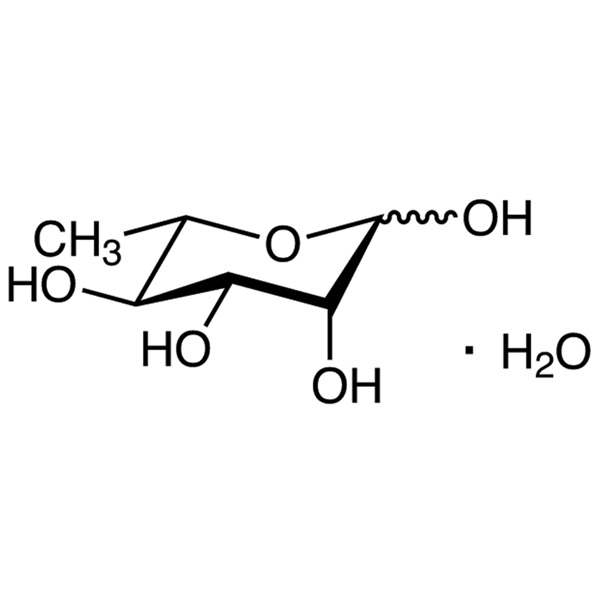L-(+)-Rhamnose Monohydrate CAS 10030-85-0 Assay ≥99.0% (HPLC) Factory
Ruifu Chemical is the leading manufacturer of L-(+)-Rhamnose Monohydrate (CAS: 10030-85-0) with high quality, can be used as a food additive sweetener. Ruifu Chemical has more than 15 years experience in carbohydrate chemistry. Ruifu Chemical can provide worldwide delivery, competitive price, excellent service, small and bulk quantities available. Purchase L-(+)-Rhamnose Monohydrate, Please contact: alvin@ruifuchem.com
| Chemical Name | L-(+)-Rhamnose Monohydrate |
| Synonyms | L-Rhamnose Monohydrate; 6-Deoxy-L-Mannose Monohydrate; L-(+)-Rhamnopyranose Monohydrate; 6-Deoxy-L-Mannopyranose Monohydrate |
| Stock Status | In Stock, Commercial Production |
| CAS Number | 10030-85-0 |
| Related CAS | 3615-41-6 |
| Molecular Formula | C6H12O5·H2O |
| Molecular Weight | 182.18 g/mol |
| Melting Point | 90.0~94.0℃ |
| Density | 1.556 g/cm3 |
| pH Range | 7.8~8.6 |
| Solubility | Easily Soluble in Water; Slightly Soluble in Ethanol |
| Solubility H2O | 0.1 g/mL, Clear, Colorless |
| COA & MSDS | Available |
| Shelf Life | Two Years When Properly Stored |
| Origin of Product | Shanghai, China |
| Product Categories |
Carbohydrates Sugars |
| Brand | Ruifu Chemical |
| Items | Specifications | Results |
| Appearance | White Crystalline Powder | White Crystalline Powder |
| Identification | IR: Complies with Reference Spectrum | Complies |
| Appearance of Solution | Clear and Colouless (10% w/v Apueous Solution) | Complies |
| Specific Rotation | +8.8° ~ +9.2° (C=10, 3N HCl) | +8.9° |
| Melting Point | 90.0~94.0℃ (Monohydrate) | 90.0~92.0℃ |
| Loss on Drying | ≤10.0% | 6.7% |
| Residue on Ignition | ≤0.10% | 0.08% |
| Heavy Metals (Pb) | ≤10ppm | <10ppm |
| Arsenic (As2O3) | ≤1ppm | <1ppm |
| Calcium (Ca) | ≤10ppm | <10ppm |
| Assay / Analysis Method | ≥99.0% (HPLC) | 99.5% |
| Microbiological Test | ||
| Total Plate Count | ≤1000cfu/g | Complies |
| Yeast & Mold | ≤100cfu/g | Complies |
| E. Coli | Negative | Negative |
| Salmonella | Negative | Negative |
| Conclusion | The product has been tested and complies with the given specifications | |
Package: Bottle, Aluminium foil bag, 25kg/Cardboard Drum with double food grade poly bags inside, or according to customer's requirement.
Storage: Keep the container tightly closed and store in a cool, dry (2~8℃) and well-ventilated warehouse. Keep away from direct sunshine; avoid fire and heat sources; avoid moisture. Incompatible with strong oxidizing agents.
Shipping: Deliver to worldwide by air, by FedEx / DHL Express. Provide fast and reliable delivery.
How to Purchase? Please contact Dr. Alvin Huang: sales@ruifuchem.com or alvin@ruifuchem.com
15 Years Experience? We have more than 15 years of experience in the manufacture and export of a wide range of high quality pharmaceutical intermediates or fine chemicals.
Main Markets? Sell to domestic market, North America, Europe, India, Korea, Japanese, Australia, etc.
Advantages? Superior quality, affordable price, professional services and technical support, fast delivery.
Quality Assurance? Strict quality control system. Professional equipment for analysis include NMR, LC-MS, GC, HPLC, ICP-MS, UV, IR, OR, K.F, ROI, LOD, MP, Clarity, Solubility, Microbial limit test, etc.
Samples? Most products provide free samples for quality evaluation, shipping cost should be paid by customers.
Factory Audit? Factory audit welcome. Please make an appointment in advance.
MOQ? No MOQ. Small order is acceptable.
Delivery Time? If within stock, three days delivery guaranteed.
Transportation? By Express (FedEx, DHL), by Air, by Sea.
Documents? After sales service: COA, MOA, ROS, MSDS, etc. can be provided.
Custom Synthesis? Can provide custom synthesis services to best fit your research needs.
Payment Terms? Proforma invoice will be sent first after confirmation of order, enclosed our bank information. Payment by T/T (Telex Transfer), PayPal, Western Union, etc.
Hazard Symbols Xi - Irritant
Risk Codes 36/38 - Irritating to eyes and skin.
Safety Description S24/25 - Avoid contact with skin and eyes.
WGK Germany 3
FLUKA BRAND F CODES 3
TSCA Yes
HS Code 2940009090
L-(+)-Rhamnose Monohydrate (CAS: 10030-85-0), with 33% sweetness of sucrose, it can be used for assaying intestinal permeability, and it can be used as sweetener, and the production of flavors and fragrances. It can also be used to synthesize glycosyl groups of cardiac drugs and fragrances. L-(+)-Rhamnose Monohydrate has numerous applications in various fields of research and industry, including food and pharmaceuticals.
L-(+)-Rhamnose Monohydrate (CAS: 10030-85-0) can be synthesized in several ways. The most common method is by reacting an aldehyde with a cyclic anhydride in the presence of an acid catalyst. This reaction produces the (+) form of the sugar. Other methods for synthesizing the sugar include enzymatic synthesis, chemical synthesis, and biotechnological synthesis.
L-(+)-Rhamnose Monohydrate (CAS: 10030-85-0) has a wide range of scientific research applications, both in vivo and in vitro. In vivo, the sugar has been used in the development of vaccines and other pharmaceuticals, as well as in the study of metabolic pathways. In vitro, the sugar has been used to study the structure and function of proteins, enzymes, and other biological molecules.
L-(+)-Rhamnose Monohydrate (CAS: 10030-85-0) Function and Application
Function
1. L-(+)-Rhamnose Monohydrate has the function as allergen;
2. L-(+)-Rhamnose Monohydrate used as sweetening agent;
3. L-(+)-Rhamnose Monohydrate can be used to assay the osmosis of intestinal canal;
4. L-(+)-Rhamnose Monohydrate is used for antibiosis and antineoplastic activity.
Application
1. L-(+)-Rhamnose Monohydrate can be used to test the permeability of intestinal tract.
2. L-(+)-Rhamnose Monohydrate is a naturally occurring sugar, and can be used as sweetener.
3. L-(+)-Rhamnose Monohydrate can be used in the production of flavors and fragrances, edible.
4. L-(+)-Rhamnose Monohydrate can be used in a pharmaceutical raw material.
5. L-(+)-Rhamnose Monohydrate can be used in food industrial area such as sweetener and fragrances.
L-(+)-Rhamnose Monohydrate (CAS: 10030-85-0) has been shown to have a variety of biochemical and physiological effects. It has been shown to affect the activity of certain enzymes, such as those involved in carbohydrate metabolism. It has also been shown to affect the expression of certain genes, as well as the activity of certain hormones.
The pharmacodynamics of L-(+)-Rhamnose Monohydrate are not fully understood. It is known that the sugar can bind to certain proteins and enzymes, which can then lead to changes in their structure and function. It is also believed that the sugar can act as a signaling molecule, influencing the expression of certain genes.
There are a number of potential future directions for research involving L-(+)-Rhamnose Monohydrate (CAS: 10030-85-0). These include further exploration of its biochemical and physiological effects, as well as its potential use in the development of new drugs and therapies. Additionally, further research could be conducted into the mechanisms of action of the sugar, and its potential use as a signaling molecule. Additionally, further research could be conducted into the potential applications of the sugar in food science and nutrition. Finally, further research could be conducted into the potential use of the sugar in biotechnology and nanotechnology.
-
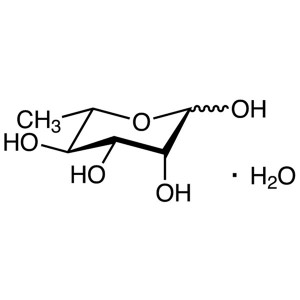
L-(+)-Rhamnose Monohydrate CAS 10030-85-0 Assay...
-
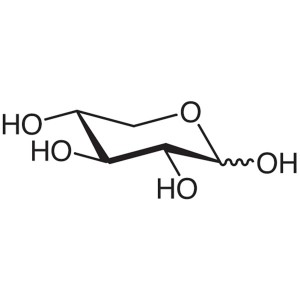
D-(+)-Xylose CAS 58-86-6 Purity >99.5% (HPLC) F...
-
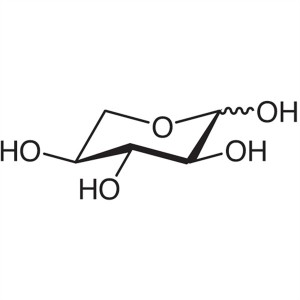
L-(-)-Xylose CAS 609-06-3 Assay (TLC) ≥98.0% Fa...
-
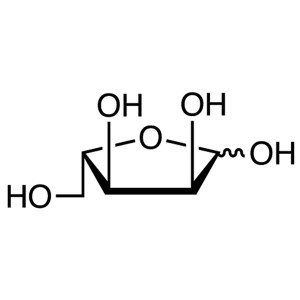
L-(+)-Ribose CAS 24259-59-4 Assay >99.0% (HPLC)
-
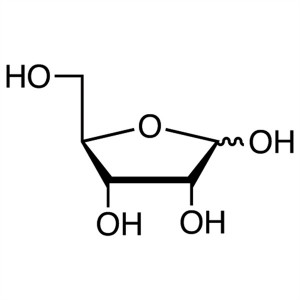
D-(-)-Ribose CAS 50-69-1 Assay 97.0~102.0% Fact...
-
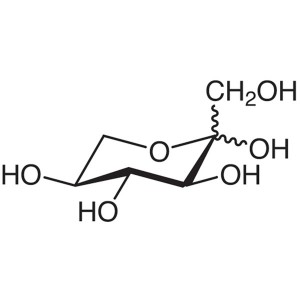
L-(-)-Sorbose CAS 87-79-6 Assay ≥98.0% (HPLC)
-
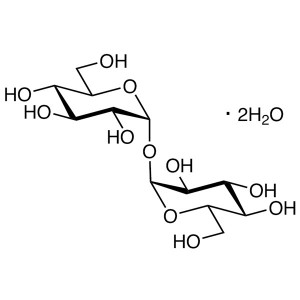
D-(+)-Trehalose Dihydrate CAS 6138-23-4 Assay >...
-
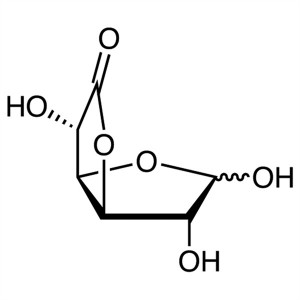
D-Glucuronolactone CAS 32449-92-6 Assay 98.5%~1...
-
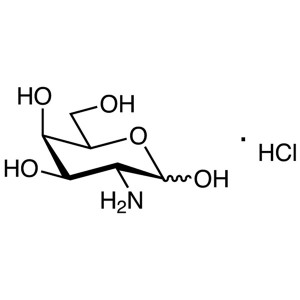
D-(+)-Galactosamine Hydrochloride CAS 1772-03-8...
-
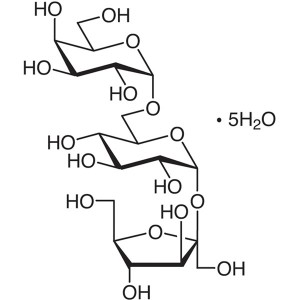
D-(+)-Raffinose Pentahydrate CAS 17629-30-0 Ass...
-
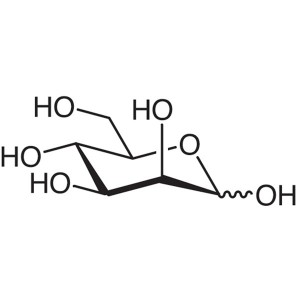
D-(+)-Mannose CAS 3458-28-4 Assay >99.0% (HPLC)...
-
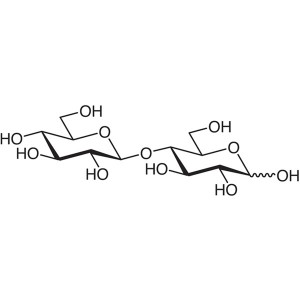
D-(+)-Cellobiose CAS 528-50-7 Assay >98.0% (HPLC)
-
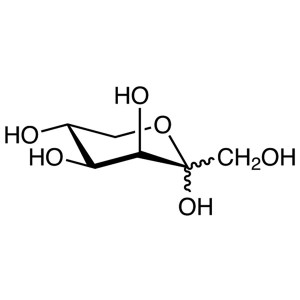
D-Tagatose CAS 87-81-0 Assay >99.0% (HPLC) Factory
-
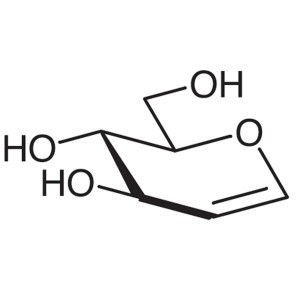
D-Glucal CAS 13265-84-4 Assay >96.0% (HPLC) Fac...
-
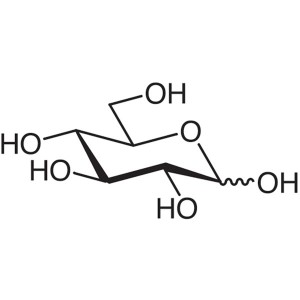
D-(+)-Glucose Anhydrous CAS 50-99-7 Assay ≥99.5...
-
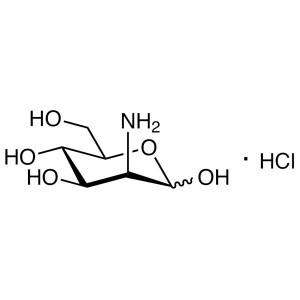
D-Mannosamine Hydrochloride CAS 5505-63-5 Assay...

